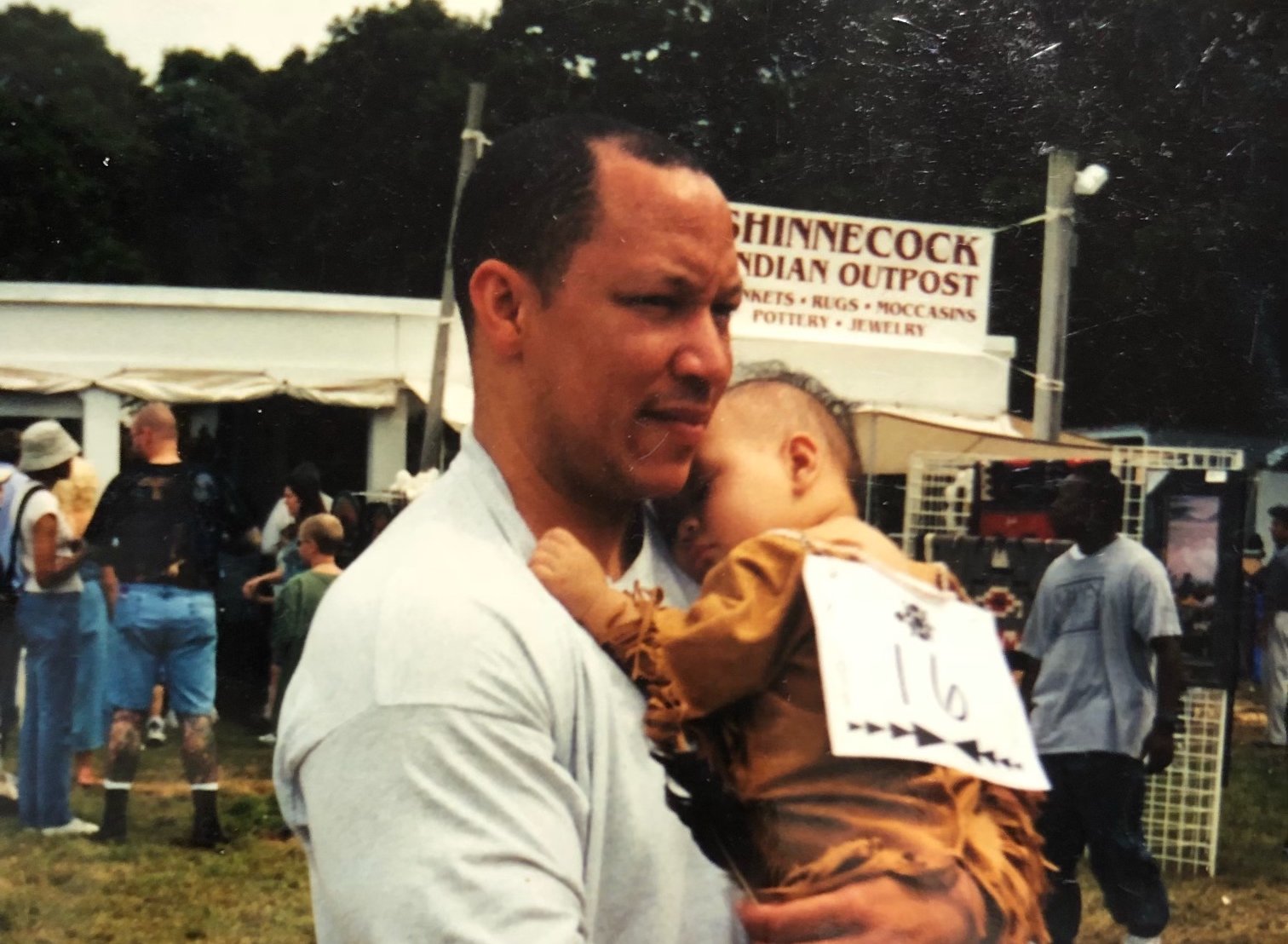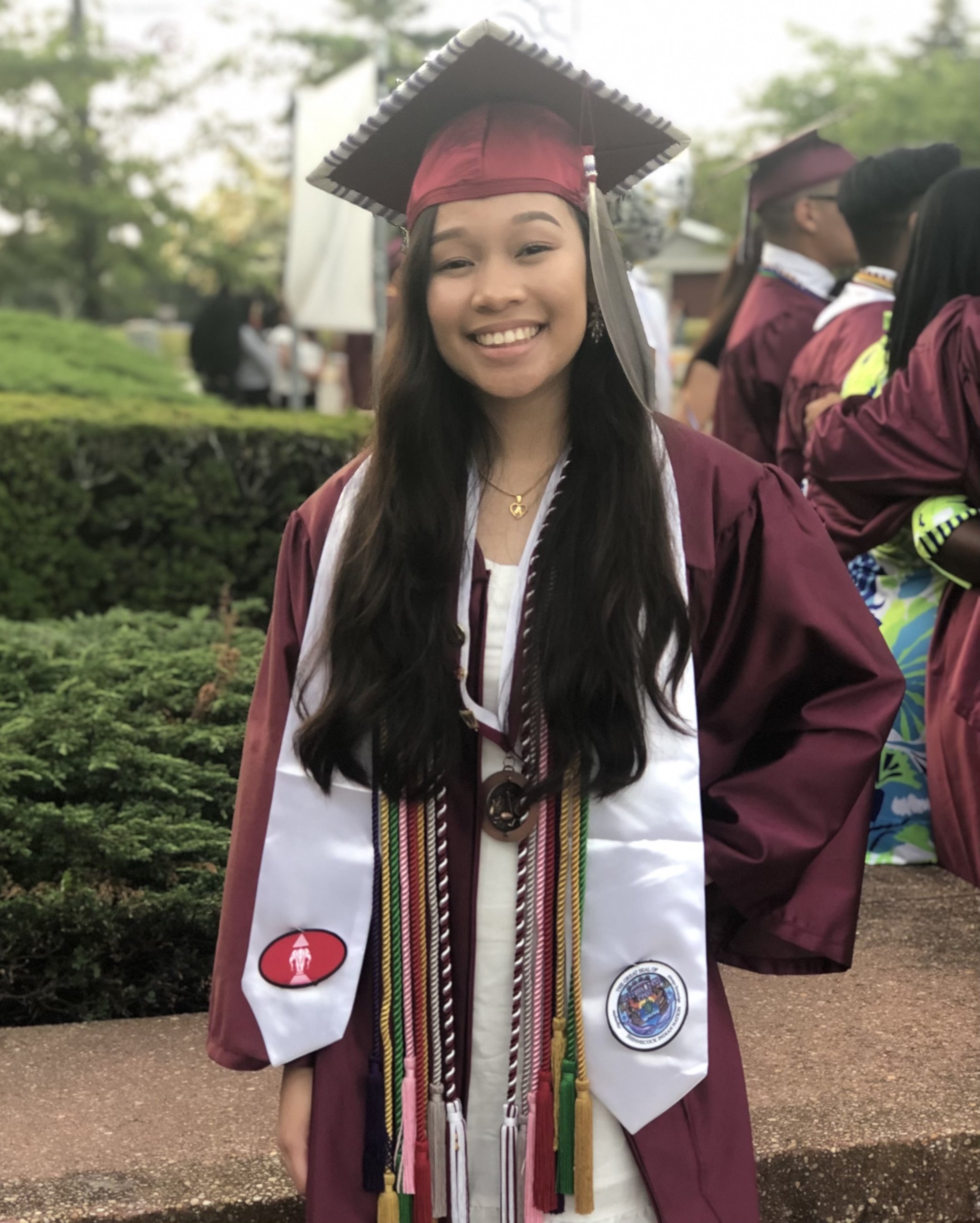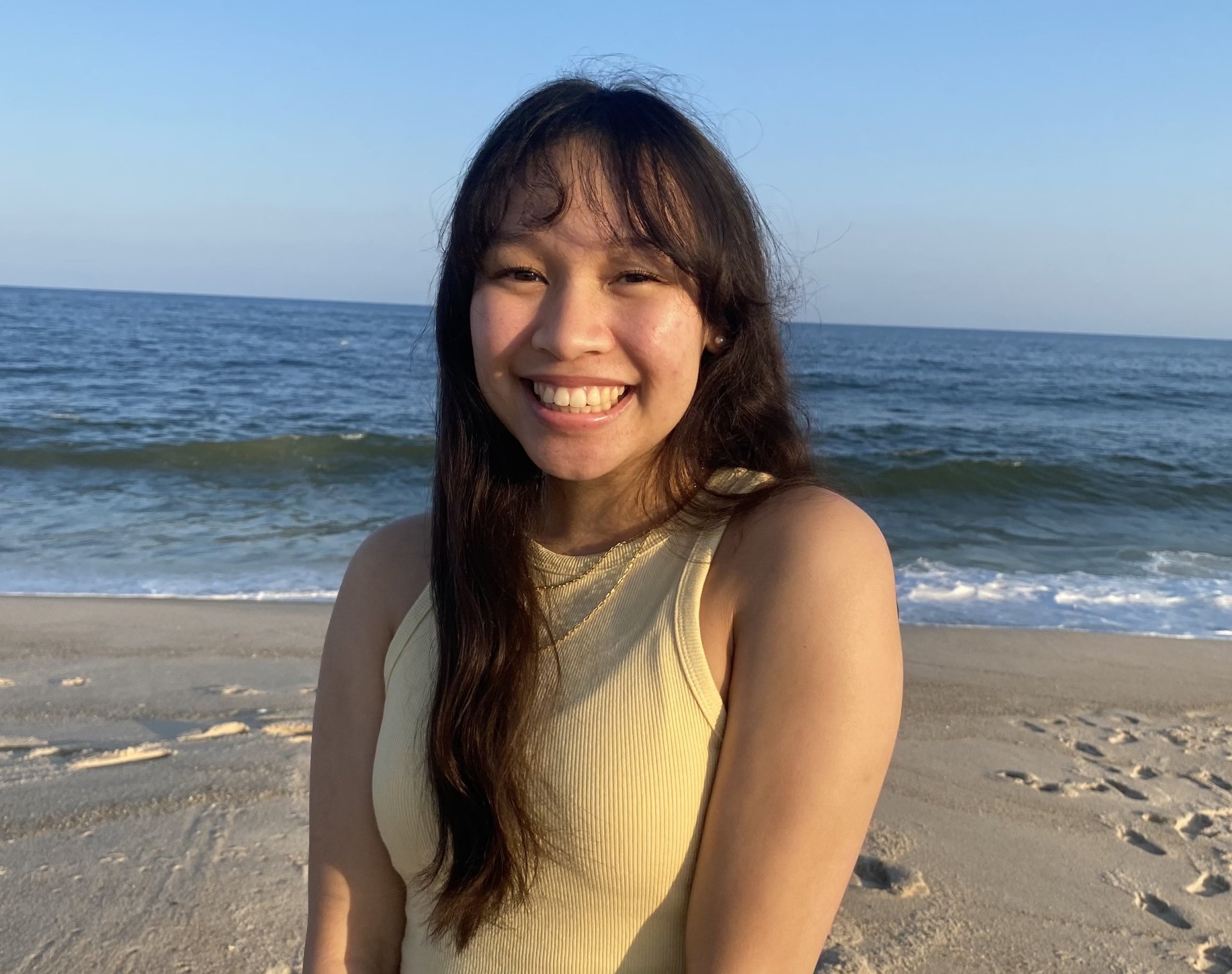Shinnecock Voices: We're Here and We're Here Together

My daddy always says there’s no place like Shinnecock. I hate admitting when he’s right, but this time I’ve got to hand it to him — he is.
I grew up on the Shinnecock territory surrounded by family. I went to Southampton public schools where Shinnecock people are administrators, bus drivers, coaches, custodians, guidance counselors, liaisons, librarians, security guards and teachers. They would give Shinnecock kids an extra “get off your phone” in the halls, sometimes a more emphatic “get to class,” but always an extra “how are you doing?” when we needed it.
In first grade when we learned about Thanksgiving, my cousin, Andrina Wekontash Smith, who was working as a teacher’s aide in my class, took me and two other Shinnecock students out into the hallway. She bent down to our level and told us the story we were about to be told was not at all how things really went down. She warned us that Natives would be talked about as if we aren’t here anymore. Most importantly, she made sure to remind us we’re here and we’re here together.
After Superstorm Sandy, I remember realizing I was one of the few kids in my sixth grade English class whose power still wasn’t back. Mr. Shawn Smith was working as a substitute teacher at the time. His uncle built the house I grew up in. Before I could even explain that my WiFi was down, Mr. Smith whispered to me, “Don’t worry if you can’t submit the homework, I know we’re still waiting on power.”
When I was in high school, community liaison Sherry Blakey-Smith’s office was always full of Shinnecock kids. One day some of the boys were arguing, spinning back and forth in black leather rolling chairs. It was over something small, so small I can’t even remember what it was. I just remember Sherry’s voice: “The people outside of this room spend enough time tearing us down, we don’t need to do it to each other in here.”

In spring of 2019 I got accepted into Brown University, something my Shinnecock guidance counselor, Mrs. Angela Hughes-Johnson, was always confident I could do. Brown is on Narragansett land, so I knew I had connections to a sister tribe nearby if I ever needed anything. Plus, another Shinnecock student, Keanu Hunter, who grew up down the street from me, was starting his junior year that fall. He was willing to look out for me and introduce me to other Native students on campus, but truthfully, I wasn’t ready for it. As an Indigenous student at a predominantly white institution, the impostor syndrome was real and it set in immediately. I shrunk myself — second-guessed, misstepped and most of the time didn’t even step at all. Overwhelmed by all the new faces, places and spaces, I chose none of them. I would look in the mirror and see an impostor, lost among minds full of galaxies that seemed much more vast than my own. Not even someone from home extending their hand to me could snap me out of the crushing anxiety I was feeling.
The pandemic disrupted over a year and a half of my time at Brown. When we were all able to come back to Providence this past fall, I promised myself I would take advantage of the blank slate awaiting me. I was ready for the faces, places and spaces and knew my galaxy of a mind was just as vast as all the others on campus. By then, Keanu had graduated, and I realized I’d have to branch out on my own.
One September night I got an email: Native Welcome Back 5:30–7 p.m. I always got emails about Native gatherings, but never felt up to attending any. And even this time, I paced around my dorm making excuses as to why I couldn’t go until my roommate nudged me: “I think this could be good for you.”
She was right. I picked out my favorite pair of wampum earrings and placed the smooth dangling disks with their deep purple on my ears. I looked in the mirror and took a breath. My daddy says Shinnecock people feel whole when we wear wampum. Add that to the (short) list of things he’s right about, because at that moment I felt whole.
Immediately upon entering the room, someone complimented my earrings and any butterflies I had flew away. We talked, prayed, ate, shared original poems and traditional stories. Eventually, I was in front of the room, microphone in hand, sharing a poem I had written about my ancestors. Two Narragansett students rushed up to me: “How is it you’re Shinnecock and we didn’t know you were here all this time?”
As I walked back to my dorm, I called my parents and finally let the tears I had been blinking away all night fall. It was the first time I truly felt at home here at Brown. There was an unspoken understanding in the room: We’re here and we’re here together.
I didn’t realize how much I depended on my Shinnecock community until I left home. I didn’t realize how much I needed a Native community at college until I went to that event. And even though there’s no place like Shinnecock, the community of Natives at Brown sure does feel like home.
To my Shinnecock community and my NAB family, táput ni and kuwômônush.
Asia Cofield is a citizen of the Shinnecock Nation. She’s currently a junior at Brown University pursuing a B.A. in Literary Arts.
“Shinnecock Voices” is a monthly column in which citizens of the Shinnecock Nation share stories and opinions, discuss the projects and campaigns they’re working on, and allows readers an inside view into their incredible community.




